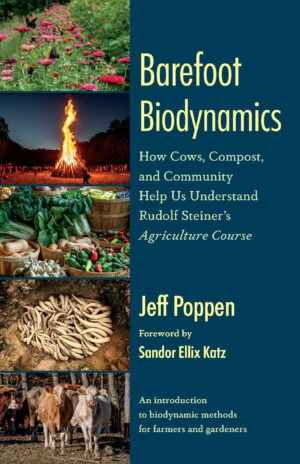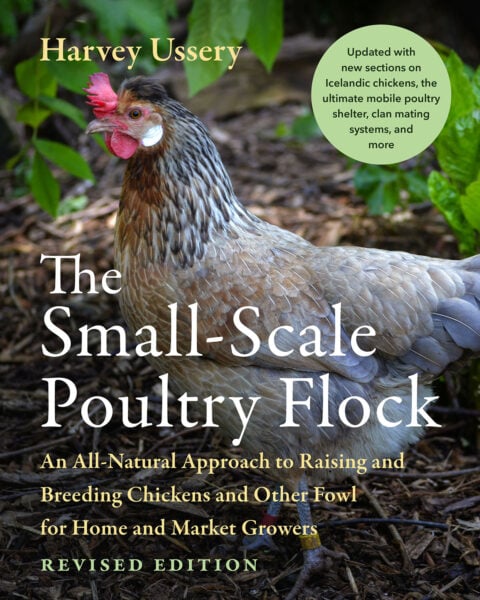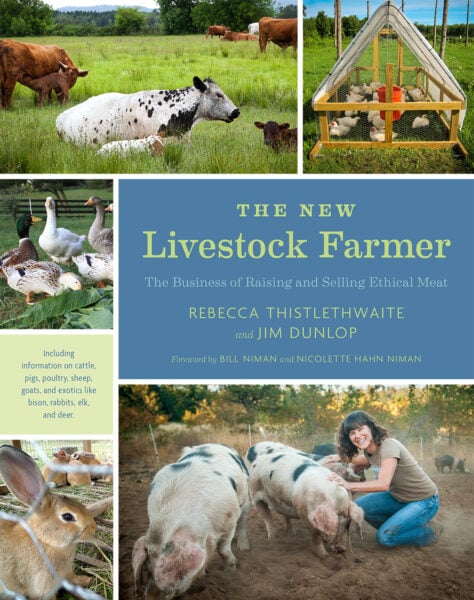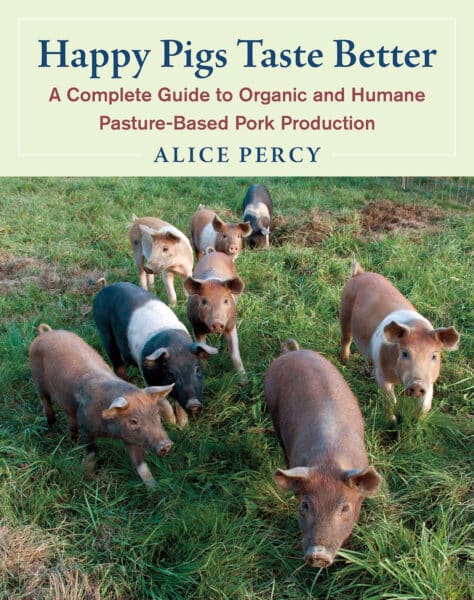A Guide to Feeding Animals On Your Farm
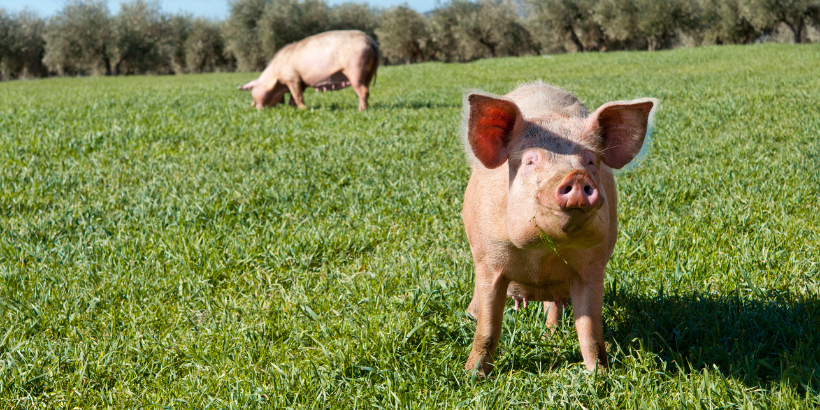
One of the most essential parts of raising livestock is feeding your animals the right foods to keep them healthy and productive. Here are some tips for feeding animals on your farm to make it a bit easier!
The following is an excerpt from Barefoot Biodynamics by Jeff Poppen. It has been adapted for the web.
Feeding Animals: A Guide
Agricultural expert Rudolf Steiner’s first guiding line for feeding animals was that they should be outside, giving them the opportunity to come into relationship with the surrounding world by sense perception in the finding and taking of their food.
Then there is the guiding line that the head needs substances from the earth and the body needs substances from the air, which it receives in homeopathic doses.
So he recommended feeding roots and hay to growing stock, such as carrots for the head and grass to assist it in passing through the body.
For milk production we need to stimulate the middle of the animal, and a plant strong in foliage like clover is best.
How to Fatten An Animal
To fatten an animal we use seeds, fruits, and feed with what Steiner called the “fruiting process” enhanced, done by cooking, steaming, or drying.
Even cultivation, which makes things like turnips and beets grow bigger than in the wild, he called a fruiting process.
Quality salt is important, too, and we make sea salt available for all our farm animals. It contains many trace elements, which afterward are spread over the pastures in a more readily available form after passing through the cattle.
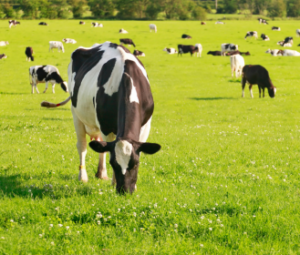 Feeding Animals: What Do They Eat?
Feeding Animals: What Do They Eat?
Our cows eat grass, clover, and whatever else they can find in the pastures.
The more we rotate pastures, the better the cattle and the pastures look, but the more they complain if they don’t get moved to better forage.
I can barely grow enough carrots for the CSA, let alone for stock feed.
Twice we have taken the effort to cook food for the pig, and it made an unbelievable difference. Cooking makes food more digestible.
We just boiled discarded sweet potatoes, Irish potatoes, and butternuts until soft, as these are what we have a lot of.
We process hogs with the neighbors, and everyone was duly impressed when we split ours open. Instead of a uniform, light pink, the insides were bursting with colors.
They hadn’t seen that since their families raised pigs back in the old days, when preparing hog slop was a daily chore. Salted, smoked, and hung for five years, it made for the best of meats.
Recommended Reads
Naturally Feeding Your Flock: Feed Poultry With Fresh Greens
Recent Articles
Garden strawberries are excellent for both covering the ground and for growing fruit. If you’re planning out a forest garden, or are just looking for a plant to use as ground cover, strawberries are a great option. The following is an excerpt from The Home-Scale Forest Garden by Dani Baker. It has been adapted for…
Read MoreAsparagus is a delicious vegetable with a layered history. How did this aspiring spear make its way from growing in the wild to appearing on our plates? The following is an excerpt from the The Seed Detective by Adam Alexander. It has been adapted for the web. “Nature gives us the key to every secret…
Read MoreInterested in growing trees? Here are some tips on successfully planting, transplanting, and pruning trees to create a flourishing forest garden! The following is an excerpt from The Home-Scale Forest Garden by Dani Baker. It has been adapted for the web. Planting Potted Trees and Shrubs If you order potted trees, check with your supplier to…
Read MoreWith the right strategies and practices, composting on a small farm is surprisingly easy and inexpensive. Just follow these steps for making compost, and your farm will be thriving in no time! The following excerpt is from The Lean Farm Guide to Growing Vegetables by Ben Hartman. It has been adapted for the web. (All photographs by Ben…
Read MoreGarlic mustard: while known as “invasive,” this plant can be consumed in its entirety and has great nutritional value. Plus, the garlic-flavor is a perfect addition to any recipe that calls for mustard! The following are excerpts from Beyond the War on Invasive Species by Tao Orion and The Wild Wisdom of Weeds by Katrina…
Read More

